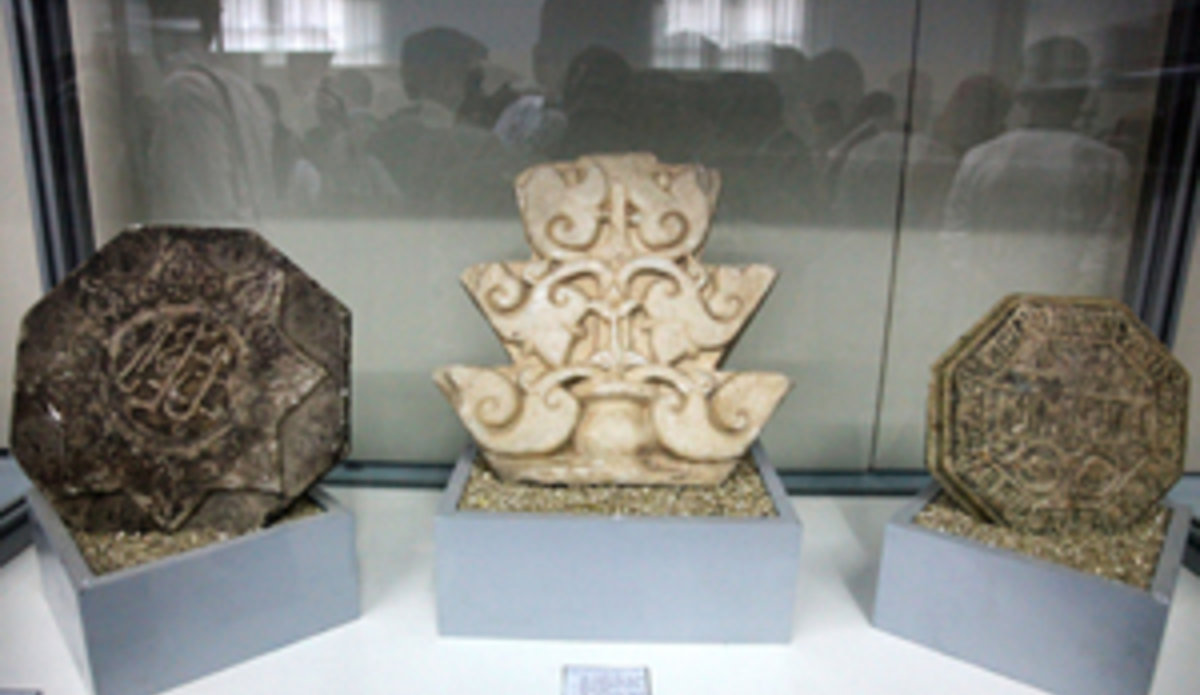Kabul Museum displays rescued treasures
7 October 2009 - The Kabul Museum is celebrating a new exhibition which showcases thousands of years of Afghanistan’s archaeological history.
One of the main attractions of the items on public display is that the collection is taken from more than two thousand artefacts originally looted from Afghanistan, confiscated at London’s Heathrow airport and now returned home.
Most of the returned collection dates back to before Afghanistan's Islamic period which began in the seventh century.
Visitors now have the chance to view precious art pieces including a bronze peacock-shaped brazier dating from the 12th century and a 100-year-old carved wooden pen box filled with Persian poems and curses, which is regarded as one of the most precious of the returned artefacts.
These artefacts are “absolutely the bones of the Afghan people,” said Mark Sedwill, the British ambassador to Afghanistan who spoke at an opening ceremony for the exhibition.
"In the last three to four years, the museum of Afghanistan with the help of the Ministry of Information and Culture, has been able to return 13,000 artefacts to the Kabul Museum of which 8,500 have been returned from outside the country and the rest have been seized inside Afghanistan by security bodies, and handed back to the national museum," said museum director Omara Khan Masoudi.
Ambassador Sedwill added that the process of returning the artefacts seemed “simple”, but that the cataloguing, proper protection and transportation back to Kabul took several years.
During Afghanistan’s civil war in the 1990s, some 70 per cent of artefacts were looted from the Kabul Museum whilst the remaining items left behind received little or no care.
“They need restoration and cleaning and we are working very hard on these issues,” Mr Masoudi said.
So far more than 2,000 pieces which needed urgent care have been restored, according to Mr Masoudi.
Nancy Hatch Dupree, who is one of the most respected historians on Afghanistan and director of the Afghanistan Centre at Kabul University, recalled that during the civil war the situation at the Kabul Museum was “zero”, but now “it is capable of taking care of these objects.”
“This country is so rich in artefacts. Things are being discovered everyday. But I hope there will not be too much digging until you have peace, because once you have opened a site, they will become vulnerable,” she added.
By Kangying Guo, UNAMA
Website: Afghanistan Centre Kabul University
 UN
UN







